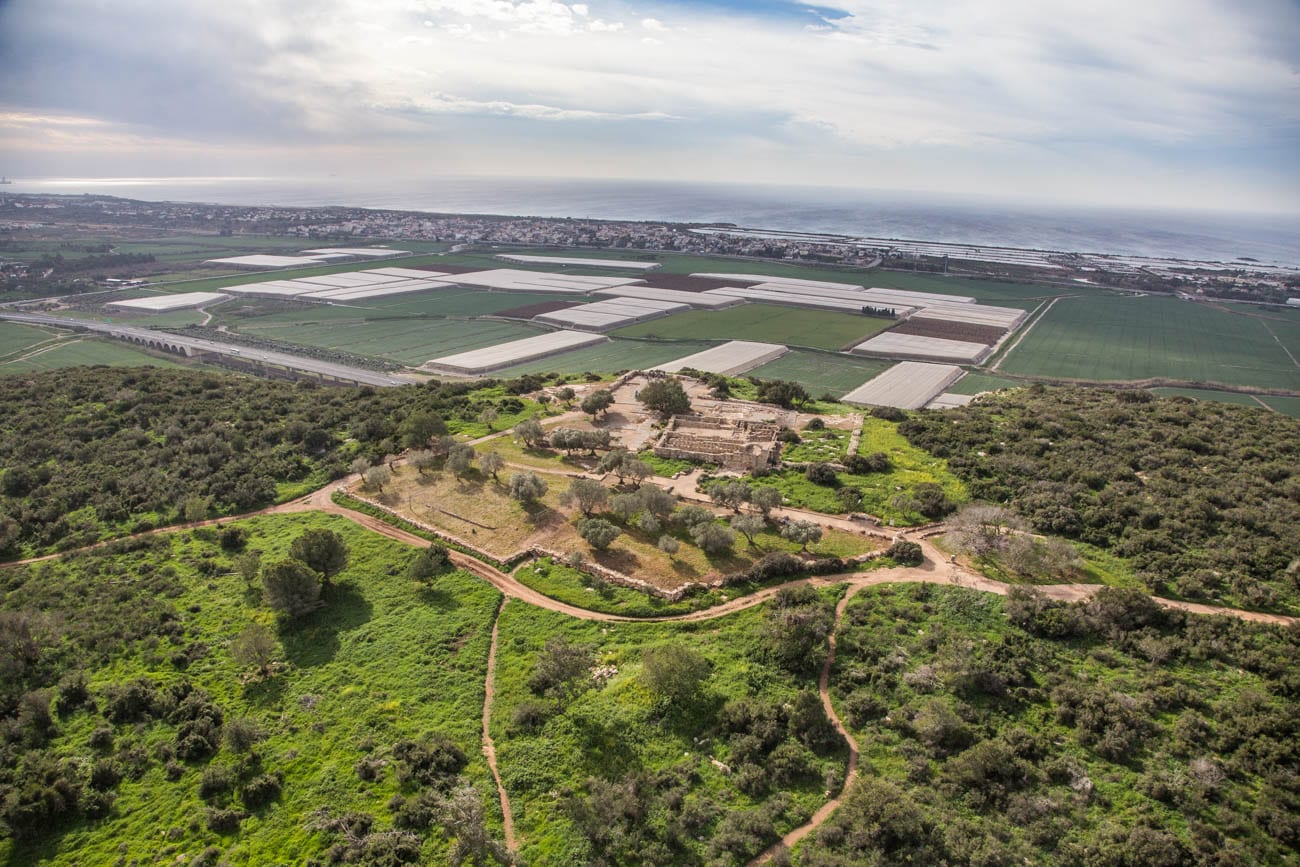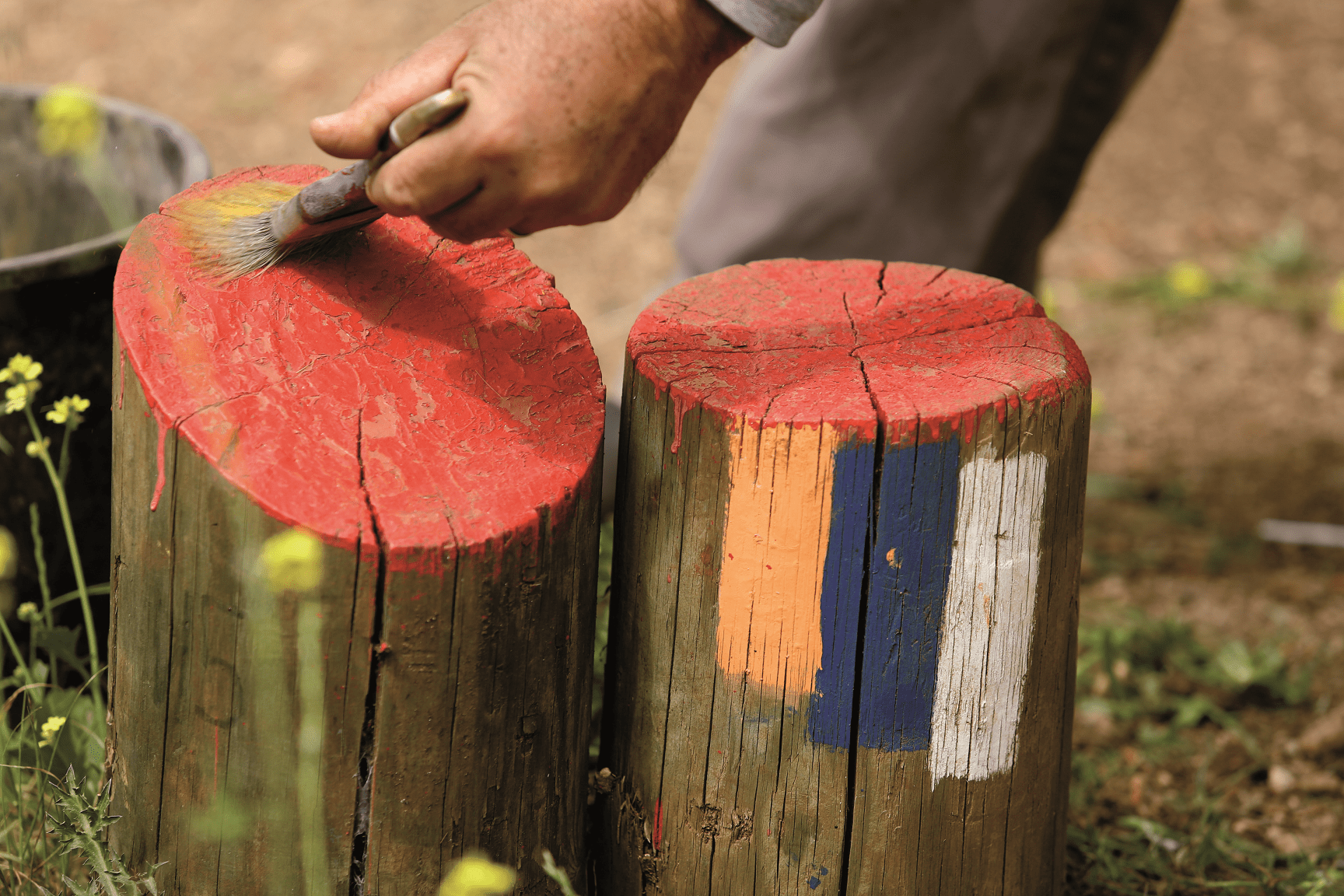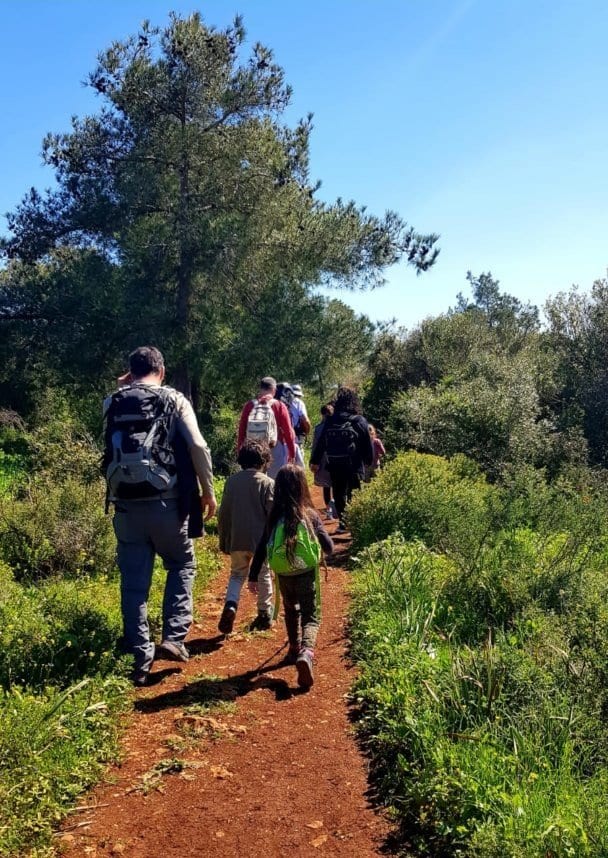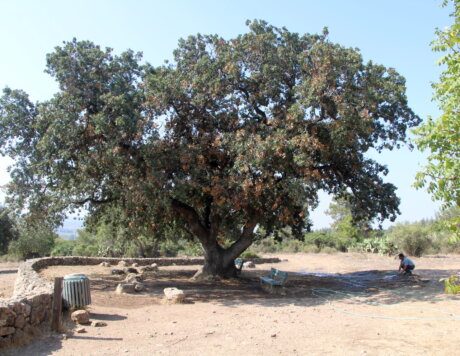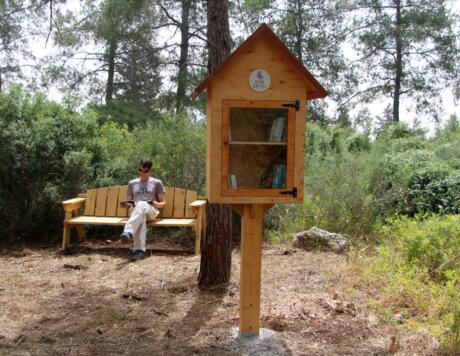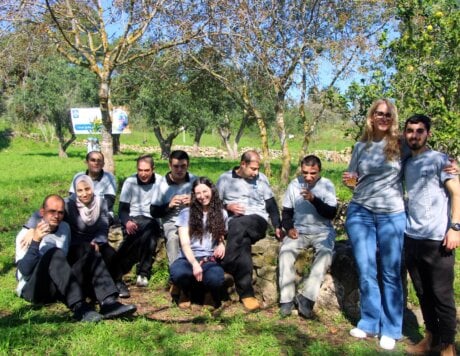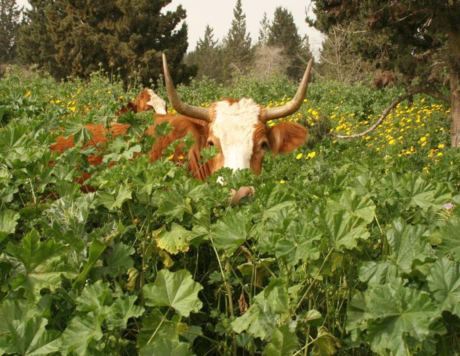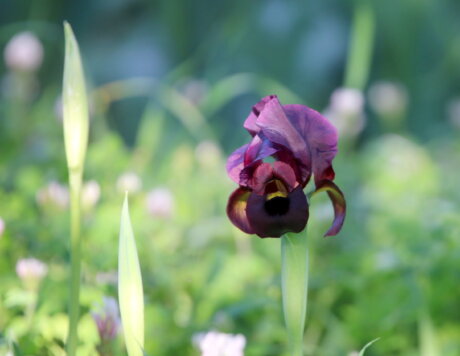And indeed, the four park rangers divide up their work days between maintenance days and supervision days. “This way we have a feeling of belonging to the place; we don’t just walk around, but rather we are involved in everything that happens here. We are crazy about this place,” says Mahfouz. They are the first ones to photograph the flower buds and swap photos with each other; they are the first ones to discover unique animals and pass on the information to the researchers. Many researchers work at Ramat Hanadiv; it is the most studied area in the country relative to its size. Since they live each day in the field, the rangers are witness to many interesting surprises. “We identify every footprint just like trackers. We can tell when jackals or foxes have passed by. For example, once everyone thought there were no wild hares here, but Mahfouz found them.”
There’s something about these people, I think to myself, some combination of a love of nature and the outdoors, tremendous knowledge and considerable modesty. After all, it’s very hard work. On the one hand, prolonged periods of solitude in the field and much physical labor, rain hail or shine. On the other hand, frequent interaction with visitors during vacation periods. And as everyone knows, not all visitors abide by the rules for nature protection.
“And how does a ranger, who works all the time in nature and open spaces, deal with the large numbers of visitors that come during vacation periods?”
“We are constantly learning,” says Mahfouz, “how to talk to the people and how to read them. We communicate well with them, help when necessary, answer questions and provide guidance about the area.”
“The way people walk through nature tells a lot about who they are,” says Hassan, “and we know the regular visitors like family. When I see visitors from a distance I already know who I have to deal with, if they are seasoned hikers, if they will get lost, if they are likely to leave behind litter and mess…”


